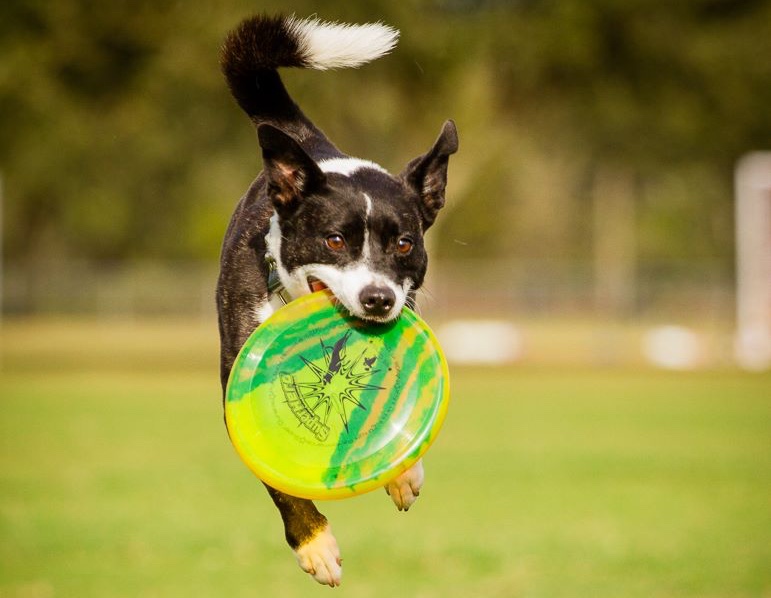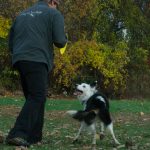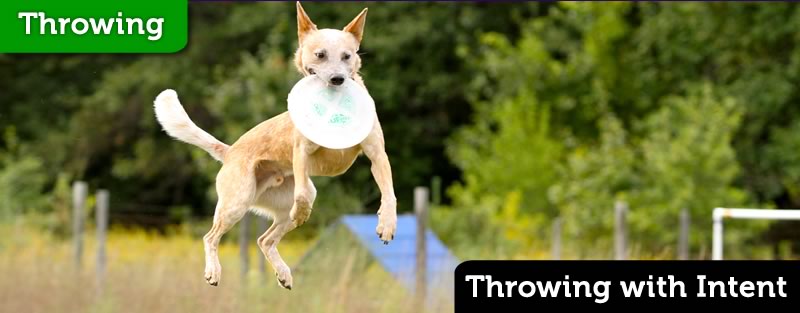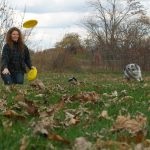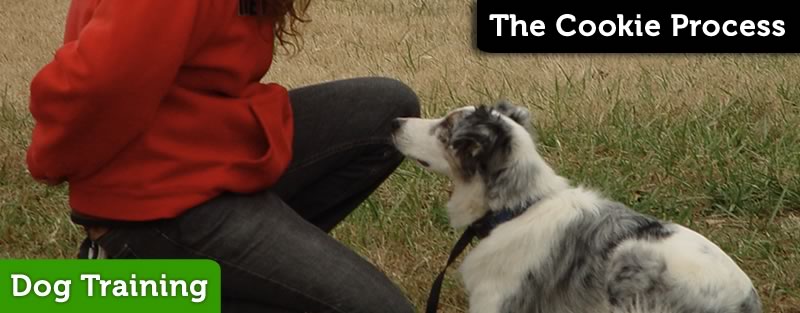
The Cookie Process
One of the goals as a professional dog trainer is to have a simple, accessible philosophy that can be communicated easily and applied fairly simply by clients that are new to dog training.
One of the ways we do that as Positive Trainers is to speak very loosely and throw the words cookie, reward and reinforcement around and help our clients understand that this positive dog training stuff is simple.
“MarkShort for “Positive Marker”, a Mark is a word or signal given at the exact moment a desired behavior is performed. It’s like a clicker. Mark can also mean the act of marking... More for behavior, reward for position.”
“It’s simple, but not easy,” I often say to our clients as their dogs respond magically to most things that Apryl or I ask of them, “we just mark for behavior and reward for position.”
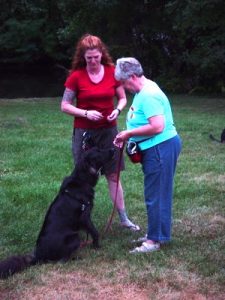
After a while this need for simplicity changes. Our clients start to dial things in, the dogs become little learning machines and the criteria required to deliver clear communication and understanding through marker training and positive reinforcement bumps up a notch. The dogs are better at receiving information than the handlers are at delivering it.
For instance on recall work (come when called)…
Clients of ours frequently call their dog…Reach into their treatsack and pull out a cookie… Display the cookie to the dog and say,”Yes!” as the dog is returning to them.
Then the frustrated handler says, “He won’t come if I don’t have cookies on me?”
Reframing Reinforcement
All of a sudden it is important for our students to pay attention to where, when and how they deliver the reward. The deliberately simple,”Mark for behavior, Reward for PositionIn the Play+ philosophy, "Position" is the final stage within the "Next" phase of a Cycle of Play. It acts as a pivotal link between the "Next" phase and a new "Now" phase. More.” is not capable of addressing these technical inconsistencies.
When a client of ours gets to this point we start to talk about the CookieA Cookie is traditionally thought of as a food treat given as positive reinforcement. In that definition, a cookie is a discrete piece of food reinforcement. In many dog training discussions, the idea... More Process.
A process is not simple. It is complex. It is a collection of simple actions and components.
My dictionary says:
process 1 |ˈpräˌses; ˈpräsəs; ˈprō-|
noun
1 a series of actions or steps taken in order to achieve a particular end :
By moving from the Reward or Cookie as our understanding of reinforcement to Cookie Process the formerly simple, cut and dry act of giving a cookie becomes a complex chain of events – a series of actions or steps taken in order to achieve a particular end – to reinforce behavior with positive reinforcement.
I often get picked on for thinking too much about language and the framing of issues and ideas, call me a word nerd, but framing is extremely important in communication and teaching is all about communication. Reframing reinforcement from “Cookie” to “Cookie Process” creates an understanding of complexity that is necessary for cleaning up technique and mechanics to make success likely or even possible.
Without this reframing, our clients could get very frustrated, ”Sheesh! I can’t even give a cookie right! Might as well quit. I’m no dog trainer.”
A New Frame of Reference
Now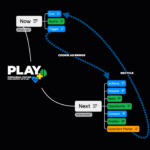 The Now Phase is an integral part of the Play Cycle in the Play+ training philosophy. It embodies the current, immediate interaction between the handler and the dog, anchoring them in the present... More when you mark a behavior and start the cookie process, “Yes!”… hand moves into the treat sack… pulls out the appropriate amount of cookies… moves the cookies to the desired reward position… feeds cookies to the dog.
The Now Phase is an integral part of the Play Cycle in the Play+ training philosophy. It embodies the current, immediate interaction between the handler and the dog, anchoring them in the present... More when you mark a behavior and start the cookie process, “Yes!”… hand moves into the treat sack… pulls out the appropriate amount of cookies… moves the cookies to the desired reward position… feeds cookies to the dog.
That’s a cookie process. Each piece of the process can and does go awry at times.
Hand hovering around the treat sack? That’s a tell and acts as a distraction or cue for the dog.
Get sloppy with cookies coming out of your treat sack or pocket and they fall on the floor? That’s a problem for clear communication, isn’t it? That can destroy a session.
Letting the dog pressure the handler when the cookies are presented? That can get out of control too.
Dog bites hands while taking cookies? Ouch! Who wants to deal with that.
Behold the Cookie Process. Stand in awe of it’s simple and powerful complexity.
You Can’t Fix What You Don’t Understand
If our clients have an understanding of the possible complex nature of rewarding with food (or any other reward, for that matter) then they will be level set and ready to meet those challenges head on. They will take an instructors constructive criticism and direction in stride and apply it to the task at hand – the series of steps or actions that are taken to achieve positive reinforcement. They will have an understanding of reinforcement as a chain of events and as a possibly complex process.
The cookie process is something to look at when assessing training issues. All of the issues used above to illustrate problems in the cookie process are no strangers to professional dog trainers. We understand the nuance and complexity of our trade. But when we deliver a simple message, technique and philosophy that is compelling to the general public, effective and respected, we leave our students ill equipped to deal with those nuances and complexities. These problems are not even on their radar, and why should they be? It’s simple, right?
By simply adding a word “Process” we can reframe simple to complex, from simply giving a reward to effectively reinforcing behavior, and we can help our students better understand the power and flexibility of positive dog training.

